Youth
Youth Sports Youth Climate Youth Participation Youth Area Youth Generation Youth Activist Youth Mind Youth Initiative Youth Participate Youth Crisis Youth Rural Youth Health Youth Mental Youth Program Youth Media Youth Chinese Youth Effects Youth Negative Youth China Youth Ties Youth Action Youth Information Youth Movement Youth Energy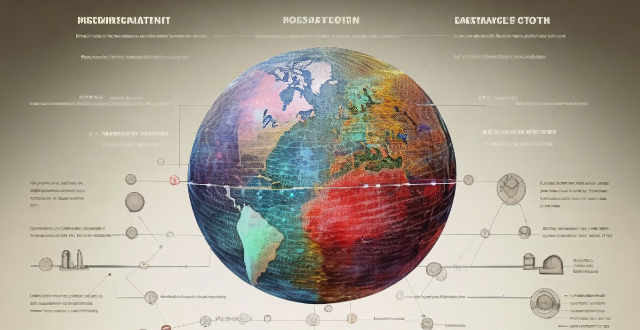
What are some successful examples of youth-led climate action initiatives ?
This article discusses successful youth-led climate action initiatives around the globe, highlighting examples like Fridays for Future, US Youth Climate Strike, and Earth Uprising. These movements have achieved significant milestones in raising awareness, inspiring policy changes, and fostering collective action towards addressing climate change.

How can the media be used to increase participation in youth sports programs ?
The media can be used to increase participation in youth sports programs by creating awareness, generating interest, and providing information about opportunities available. Strategies include collaborating with local TV and radio stations for PSAs, utilizing social media platforms for short videos and infographics, live streaming sporting events, conducting interviews with coaches and athletes, creating online directories of sports programs, and hosting Q&A sessions and webinars. By leveraging the power of the media, we can inspire more young people to engage in sports and enjoy its numerous benefits.

What are the long-term effects of youth sports on mental health ?
Youth sports can have both positive and negative effects on mental health, including increased self-esteem, improved social skills, and reduced stress levels. However, pressure to perform, overtraining, injuries, bullying, and dependence on sports for identity can also have negative impacts. It is important for adults involved in youth sports to be aware of these potential effects and take steps to foster the positive ones while mitigating any negative impacts.
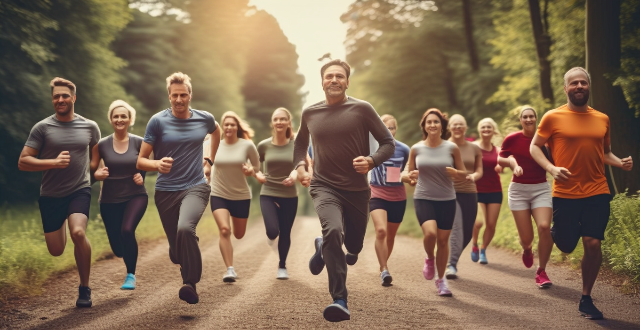
What is the role of youth activism in pushing for more robust global climate governance ?
The role of youth activism in pushing for more robust global climate governance is significant. Young people are acutely aware of the urgency of the climate crisis and bring a long-term perspective to the issue, recognizing that the choices made now will have far-reaching consequences for generations to come. They are often more open to new ideas and ways of thinking than older generations and are willing to embrace innovative solutions to complex problems. Youth activists are raising awareness about the severity of the climate crisis, influencing policy at all levels of government, and building international coalitions around climate action. Their efforts have led to significant progress in areas such as renewable energy, carbon pricing, and emissions reduction targets. As we face the challenges of the climate crisis, the voice and energy of youth activists will continue to be critical in shaping our response.

How can we create more opportunities for youth to participate in sports in rural areas ?
Participating in sports is crucial for a child's development, but rural youth often face challenges in accessing sports facilities and programs. To create more opportunities for youth to participate in sports in rural areas, local governments and organizations can build infrastructure, provide equipment and facilities, train coaches and volunteers, organize competitions and tournaments, and promote sports education. By addressing these issues, we can encourage more children to engage in physical activities, develop their skills, and lead healthy lifestyles.

How effective are youth-led climate action campaigns ?
Youth-led climate action campaigns are effective in mobilizing young people, employing creative strategies, attracting media attention, influencing policymakers, and focusing on education and awareness.
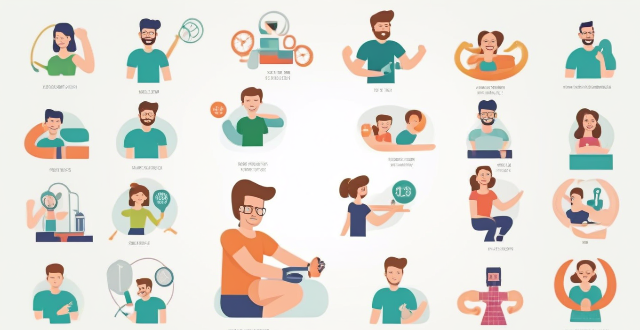
What impact does sports culture have on youth development ?
The article discusses the impact of sports culture on youth development, highlighting its benefits in physical health, mental well-being, social skills, and emotional growth. Participating in sports activities helps young people improve their fitness levels, motor skills, self-esteem, stress management, teamwork, leadership skills, cultural exchange, resilience, goal setting, and achievement. Encouraging young people to participate in sports can help them become well-rounded individuals who are better prepared for adulthood.

What are the benefits of youth participation in climate change initiatives ?
Youth participation in climate change initiatives is crucial for several reasons. Here are some of the benefits: ### 1\. **Education and Awareness** - **Increased Knowledge:** Young people who participate in climate change initiatives gain a deeper understanding of the science behind climate change, its causes, and potential solutions. This knowledge can be used to make informed decisions about their own lives and advocate for change in their communities. - **Awareness of Environmental Issues:** Through participation, youth become more aware of environmental issues such as deforestation, pollution, and biodiversity loss. This awareness can lead to lifestyle changes that reduce their carbon footprint and inspire others to do the same. ### 2\. **Skill Development** - **Leadership Skills:** Participating in climate change initiatives often involves working with teams, planning events, and advocating for change. These experiences help young people develop leadership skills that will be valuable throughout their lives. - **Communication Skills:** Climate change initiatives require effective communication to raise awareness, share information, and persuade others to take action. Participating in these initiatives helps young people develop strong communication skills that will benefit them in all areas of life. ### 3\. **Policy Influence** - **Voices Heard:** Young people represent a significant portion of the population and have unique perspectives on climate change issues. By participating in initiatives, they can ensure that their voices are heard by policymakers and influence policies related to climate change. - **Advocacy Efforts:** Youth involvement in climate change initiatives often includes advocacy efforts aimed at convincing governments and businesses to adopt more sustainable practices. These efforts can lead to real change on a local, national, or even global level. ### 4\. **Personal Growth** - **Sense of Purpose:** Participating in climate change initiatives can give young people a sense of purpose and motivation to make positive changes in the world around them. This sense of purpose can lead to greater satisfaction with life and increased mental well-being. - **Confidence Building:** Successfully participating in climate change initiatives can build confidence and self-esteem by showing young people that they have the power to create positive change in their communities and beyond. ### 5\. **Networking Opportunities** - **Connections with Like-Minded Individuals:** Participating in climate change initiatives provides opportunities for young people to connect with others who share their passion for environmental protection and sustainability. These connections can lead to lasting friendships, collaborations, and professional opportunities down the line. - **Mentorship Opportunities:** Many climate change initiatives involve working alongside experienced professionals who can serve as mentors and provide guidance on career paths related to environmental protection and sustainability.
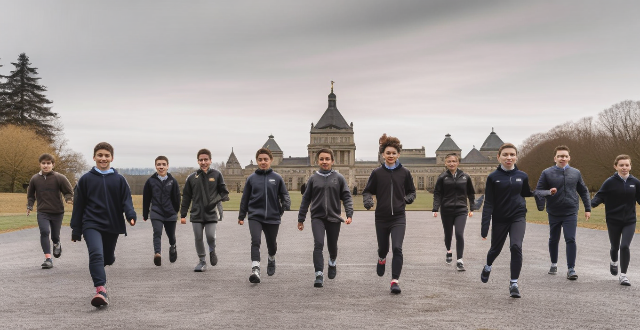
How do sports exchange programs contribute to cultural awareness and appreciation among youth ?
Sports exchange programs offer young athletes a platform to engage in cultural exchanges and foster cultural awareness and appreciation. These programs expose youth to different cultures, promote language learning, and include cultural exchange activities that break down cultural barriers. Additionally, sports exchange programs celebrate diversity, build lasting friendships, and encourage the embrace of cultural differences, contributing to a more harmonious global community.

What role does sports education play in reducing obesity rates among youth ?
The text discusses the role of sports education in reducing obesity rates among youth. It highlights how sports education promotes physical activity, teaches healthy habits, builds self-esteem and confidence, and provides social support. The author emphasizes that by incorporating sports education into schools and communities, young people can develop lifelong habits that promote good health and reduce their risk of obesity.

What role do schools play in encouraging youth participation in climate action ?
Schools are vital for encouraging youth participation in climate action through education, extracurricular activities, infrastructure and practices, and community outreach. They can integrate climate change into the curriculum, organize special events, establish eco-clubs, engage in service learning projects, adopt green building design, implement sustainable policies, collaborate with parents and local businesses, form partnerships with universities or research institutions, network with other schools, organize public speaking events, participate in global movements like strikes for climate or Earth Day observances, and use social media to spread information about climate change.

How can young people get involved in climate action ?
Young people can get involved in climate action by educating themselves, joining youth organizations, advocating for change, taking local action, volunteering, and supporting sustainable businesses.

What initiatives are being taken globally to include children in climate action planning ?
Including children in climate action planning is crucial for several reasons. Firstly, it acknowledges their rights and provides them with a platform to voice their concerns about the environment. Secondly, it encourages intergenerational dialogue and collaboration, which can lead to more effective solutions. Finally, involving children in climate action planning helps them develop critical thinking skills, empathy, and a sense of responsibility towards the planet. Here are some initiatives that are being taken globally to include children in climate action planning: 1. UNICEF's Child-Friendly Cities Initiative 2. The Global Kids Climate Forum 3. The Youth4Climate Movement 4. The Fridays for Future Movement 5. The Climate Change Education Programme (CCEP) 6. The Earth Guardians Programme 7. The Eco-Schools Programme 8. The Children's Climate Prize 9. The Global Youth Biodiversity Network (GYBN) 10. The Youth Environmental Leadership Programme (YELP)

How can young people get involved in climate action advocacy ?
Young people play a crucial role in advocating for climate action by educating themselves and others, joining youth climate movements, attending climate strikes and protests, using social media to spread the message, and volunteering with environmental organizations.

How can we ensure that climate education and awareness efforts are accessible and relevant to diverse communities ?
The text discusses strategies for making climate education more inclusive and effective, including using language appropriately, considering cultural differences, addressing socioeconomic status, and involving youth. It emphasizes the importance of tailoring messages and materials to be culturally sensitive and relevant to each community, providing free or low-cost resources, and partnering with local organizations to reach diverse communities directly. The text concludes that by taking these factors into account, we can create more inclusive and effective climate education programs that inspire action across all sectors of society.

Who are the key participants in a typical climate summit ?
Climate summits are global events where various stakeholders come together to address climate change. The key participants include heads of state, international organizations, NGOs, academics, business leaders, and youth activists. Each group plays a crucial role in shaping decisions and actions to mitigate the effects of climate change.

What role do international sports organizations play in promoting peace through sport ?
International sports organizations contribute significantly to promoting peace through various initiatives. These include building bridges and enhancing diplomatic relations by promoting diplomacy and cultural exchange, providing platforms for youth development through empowerment and creating opportunities, advocating for gender equality and inclusivity, contributing to humanitarian efforts like disaster relief and peace missions, and educating about peace and conflict resolution through awareness campaigns and partnerships with peace organizations.

How do female athletes use their platform to promote positive messages and inspire other women ?
Female athletes inspire and influence women of all ages by breaking stereotypes, advocating for equality, promoting health, overcoming adversity, giving back to the community, educating the youth, using social media wisely, and setting a positive example.

What are the benefits of promoting sports in rural areas ?
Promoting sports in rural areas can lead to improved physical health, social development, and economic growth. Encouraging sports participation can increase physical activity, reduce the risk of chronic diseases, and improve mental health. Sports can also foster a sense of community, develop youth skills, and promote gender equality. Additionally, hosting sporting events can attract tourism, create job opportunities, and improve infrastructure. Overall, promoting sports in rural areas can contribute to the well-being and development of the community.

What are some effective ways to increase climate awareness in communities ?
This text is about climate change and the importance of addressing it. The author provides strategies for increasing awareness in communities, including educational workshops, media campaigns, community-based projects, policy advocacy, partnerships with local businesses, art and culture, and youth engagement. These strategies aim to inform, engage, and inspire action towards environmental responsibility.

How can we encourage more young people to participate in sports for peace initiatives ?
Encouraging young people to participate in sports for peace initiatives involves raising awareness, creating accessible opportunities, developing leadership skills, and celebrating achievements. This can be done through education, publicity, role models, inclusive sports programs, partnerships, funding, training workshops, volunteer opportunities, recognition awards, and community celebrations.

How can sports diplomacy be leveraged to improve relations between nations ?
Sports diplomacy is a powerful tool for improving international relations by using sports as a universal language to break down barriers, promote peace, and foster understanding. This can be achieved through organizing international events and cultural exchange programs, supporting youth exchanges and community-based initiatives, involving influential sports figures in diplomatic missions, and utilizing media and public platforms to engage wider audiences. By leveraging the power of sports, nations can improve their relationships in a constructive and engaging manner, serving as a soft power strategy with far-reaching benefits.
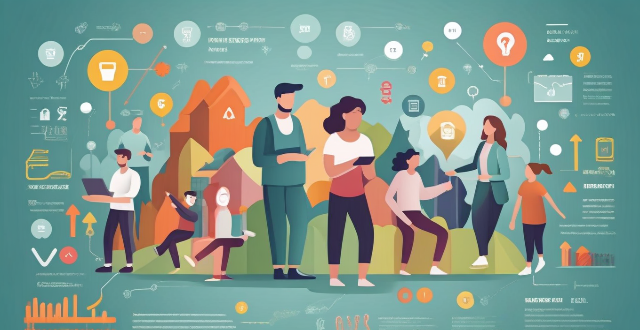
How do athletes get involved in philanthropic activities through sports ?
Athletes often use their fame and resources to make a positive impact on society through philanthropic activities. They get involved in various ways, such as personal interests and passions, endorsement deals with charitable organizations, fundraising events and challenges, partnerships with non-profit organizations, and corporate social responsibility initiatives. Some examples include LeBron James founding the LeBron James Family Foundation, Stephen Curry partnering with Under Armour to donate shoes, Ryan Lochte raising money through a livestreamed swimming challenge, Serena Williams partnering with Yetu for solar energy solutions, and NBA Cares focusing on improving the lives of youth and families around the world. Overall, athletes are making a positive impact on society through sports.
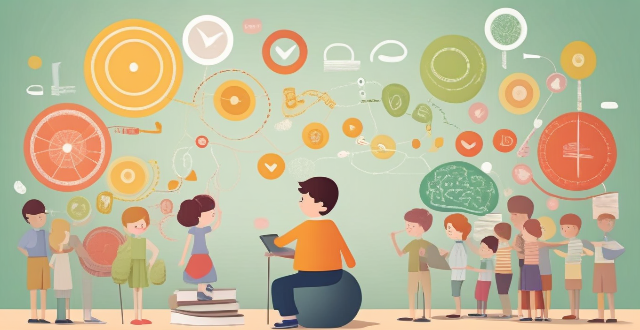
In what ways can we ensure that children's voices are heard in climate policy decisions ?
This text discusses the importance of including children's perspectives in climate policy decisions. It emphasizes the long-term impact of climate change on future generations and the need for intergenerational equity. The article suggests ways to incorporate children's voices, such as education and awareness, direct involvement, accessibility and inclusivity, feedback mechanisms, and collaboration and partnerships. It concludes by emphasizing the benefits of involving children in climate policy decisions and ensuring their voices are heard and valued.

How can children be empowered to participate in climate activism while protecting their rights ?
This discussion explores strategies to empower children in climate activism while safeguarding their rights. The key strategies include education and awareness, safe participation, protection of rights, and community engagement. Education and awareness can be achieved through informative workshops and accessible information. Safe participation involves age-appropriate activities and adult supervision. Protection of rights includes respect for privacy, psychological support, and legal advocacy. Community engagement can be fostered through youth-led initiatives, networking opportunities, and family involvement. By focusing on these strategies, we can empower children to participate in climate activism while ensuring their rights are protected.

What are the challenges and opportunities for sustainable sports development in cities ?
The article discusses the challenges and opportunities for sustainable sports development in cities. Challenges include limited space due to urbanization, environmental impact from construction and energy consumption, economic considerations such as funding and maintenance costs, social inclusivity issues like accessibility and cultural barriers, and policy and planning challenges like lack of coordination and short-termism. Opportunities include promoting health and wellbeing through community fitness and mental health benefits, environmental innovation through green technology and natural design, economic growth from tourism and job creation, community building through social cohesion and youth development, and urban planning through infrastructure synergy and brownfield redevelopment. Collaboration between various stakeholders is crucial for achieving sustainable sports development in cities that balances economic growth with ecological responsibility and social equity.

Can sports sponsorship help in promoting health and fitness among the general public ?
Sports sponsorship can promote health and fitness by increasing awareness, providing role models, enhancing accessibility, improving visibility, and offering educational opportunities. However, challenges such as commercialization concerns, equity issues, and sustainability must be addressed to ensure these efforts are equitable and focused on the well-being of all segments of society.